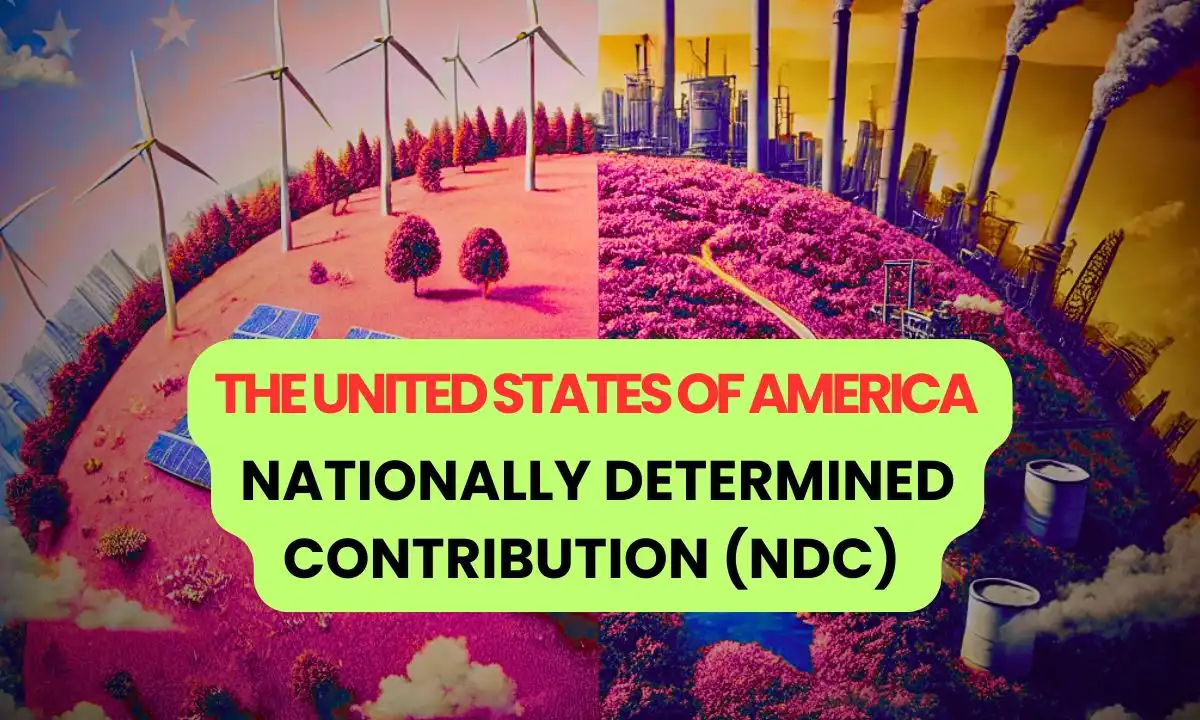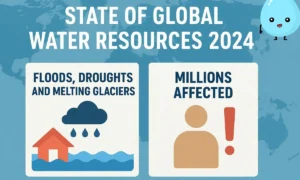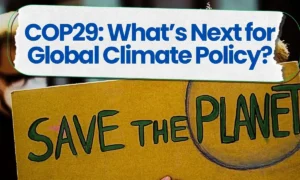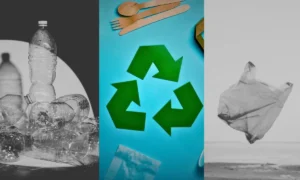US Announces New Climate Pledge Under Paris Agreement

The United States has updated its Nationally Determined Contribution (NDC) under the Paris Agreement. The new goal: reduce greenhouse gas (GHG) emissions by 61-66% by 2035, compared to 2005 levels.
This marks an increase from the previous target set in 2021 of cutting emissions by 50-52% by 2030. The US reaffirms its commitment to reaching net-zero emissions by 2050 in its latest updated NDC. Parties to United Nations Framework Convention on Climate Change under the Paris Agreement are required to “reduce national emissions and adapt to the impacts of climate change.”
The first NDCs, agreed by 196 Parties, came into force with the Paris Agreement where world pledged to keep global warming well below 2°C above pre-industrial levels while working to “limit the temperature increase to 1.5°C above pre-industrial levels.”.
NDC saw their first update in 2020. The next updated NDCs are due in February 2025 with the target to achieve them in the next decade, by 2035.
U.S. Emissions Targets
- 2005 emissions baseline: 6.6 gigatonnes CO2 equivalent (GtCO2e).
- 2035 target: 2.2–2.6 GtCO2e.
- Methane emissions are expected to fall by at least 35% by 2035, though no firm target is set.
Power Sector in Focus
The power sector is central to achieving these goals. The Biden administration targets 80% clean electricity by 2035. The Biden government had early set a 100% carbon-pollution free electricity by 2030. The Inflation Reduction Act (IRA) is driving significant private investments in clean energy, including tax credits for clean electricity.
Fossil Fuel Dependence Persists
Fossil fuels dominate US energy. Dependence is set to either continue at the pace or may even spike under the new government of Trump.
- In the US, 60% of the country’s electricity is generated by burning fossil fuels.
- The US in 2023 was the largest producer of crude oil and top LNG exporter.
“In 2023, about 4,178 billion kilowatthours (kWh) (or about 4.18 trillion kWh) of electricity were generated at utility-scale electricity generation facilities in the United States. About 60% of this electricity generation was from fossil fuels—coal, natural gas, petroleum, and other gases. About 19% was from nuclear energy, and about 21% was from renewable energy sources.”
Donald Trump’s expected return to the presidency threatens US climate progress.
However, on a positive note state and local governments are stepping up their efforts in climate action. Twenty-four governors in the US Climate Alliance have pledged to meet the new NDC goals.
According to the US Climate Alliance “Governors in the Alliance have pledged to collectively reduce net greenhouse gas emissions by at least 26-28% by 2025, 50-52% by 2030, and 61-66% by 2035, all below 2005 levels, and collectively achieve overall net-zero greenhouse gas emissions as soon as practicable, and no later than 2050.”
The Reality – US Climate Pledge Undermined by Fossil Fuel Dominance and Emissions Legacy
While the new NDC is ambitious, the US continues to lead in fossil fuel investments and production. According to Statista, “since 1750, the United States has produced more than 400 billion metric tons of cumulative carbon dioxide emissions.” Currently, the US is the world’s second-largest emitter behind only China.
The climate crisis demands urgent and concrete actions and not just policies on paper. Experts and activists remain concerned about federal inconsistency and fossil fuel reliance by one of the largest greenhouse gas emitter.
The latest US NDC titled “REDUCING GREENHOUSE GASES IN THE UNITED
STATES: A 2035 EMISSIONS TARGET” states,
“Climate change is an existential threat and demands bold global mitigation action, particularly by all major emitters.”






